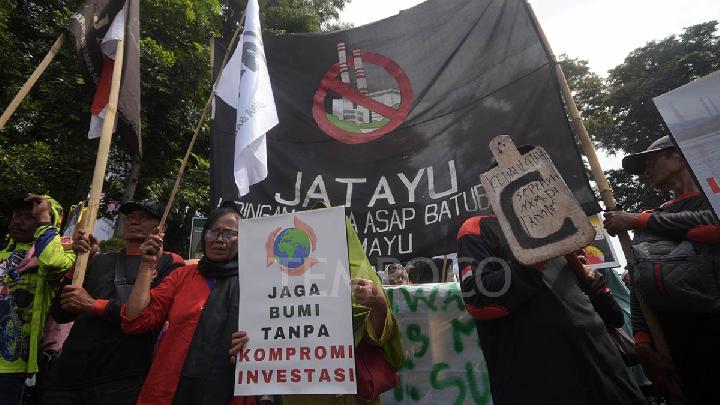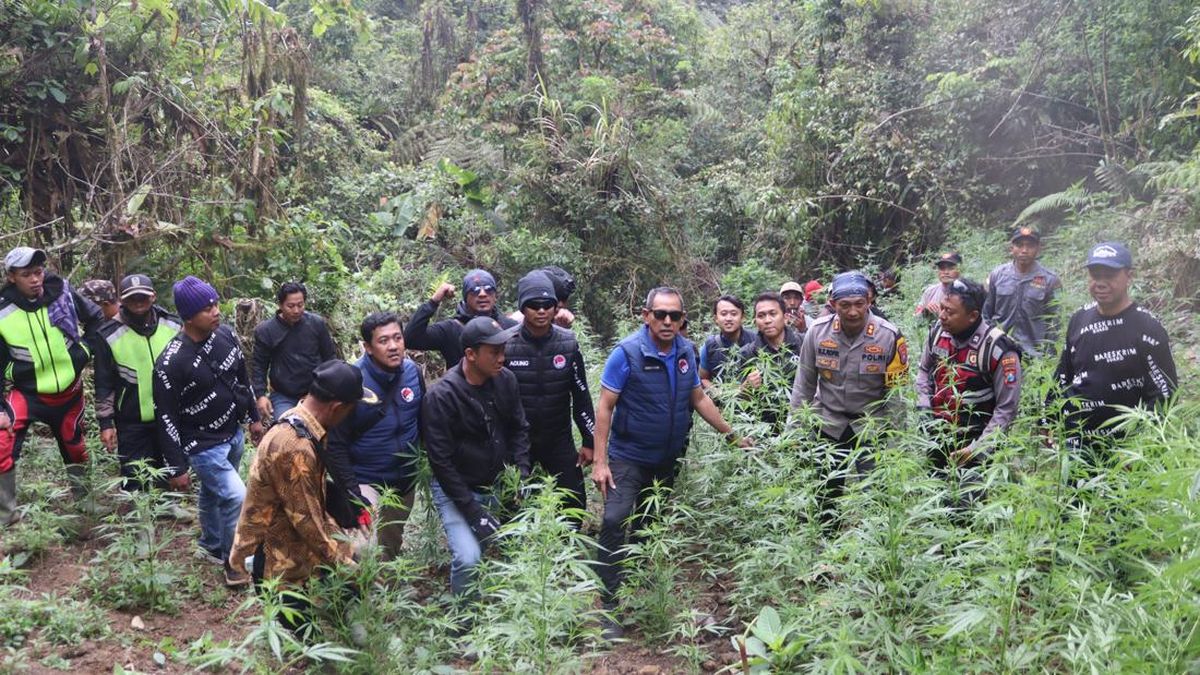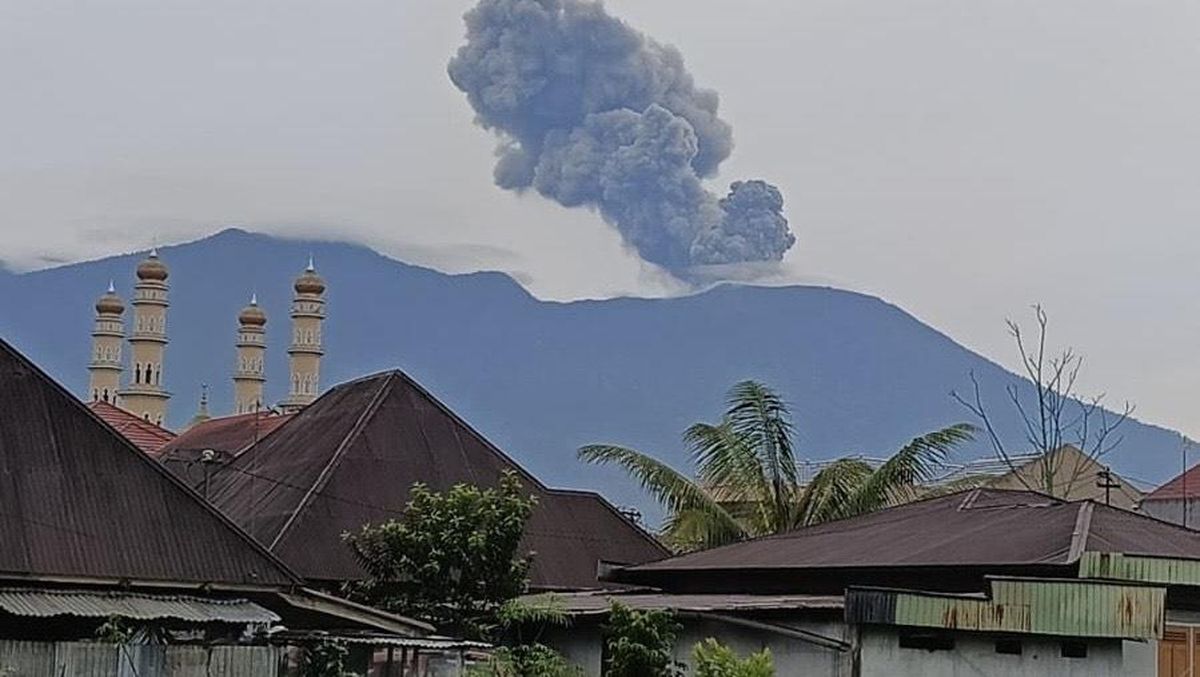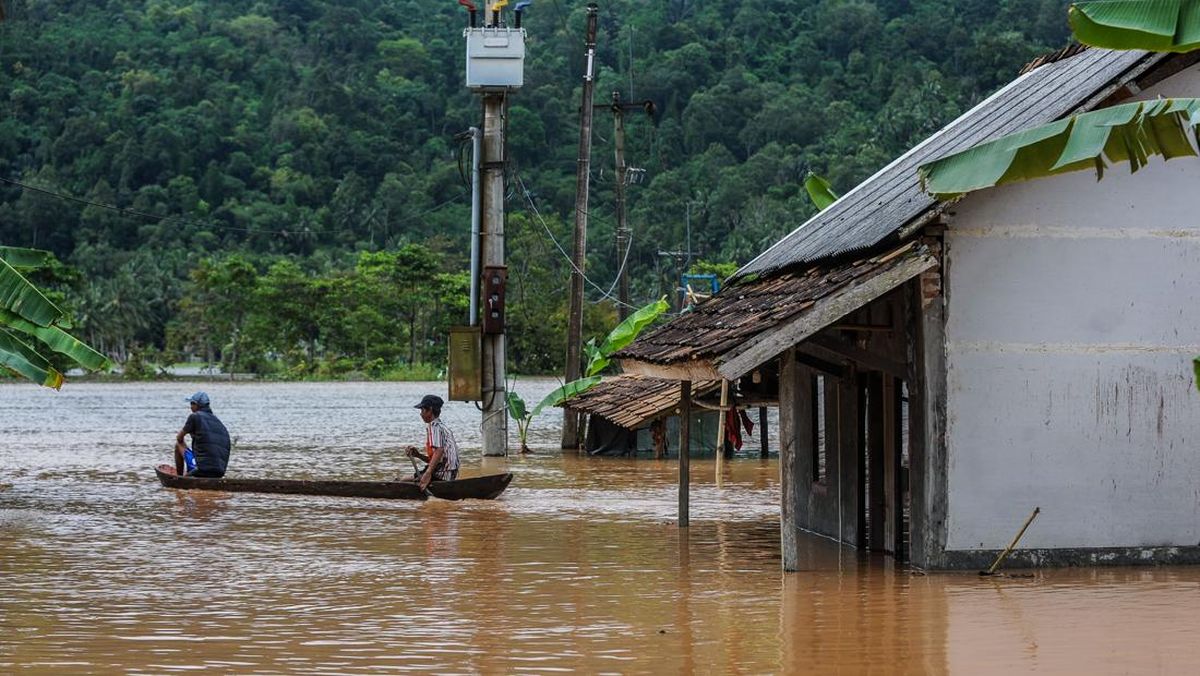TEMPO.CO, Jakarta - The Los Angeles fires are blanketing the surrounding area in acrid smog, a haze of smoke carrying dangerous gases and particles that pose serious health risks.
Here’s what you need to know about the risks of the smoke, which is likely to linger not only in southern California but also in other parts of the world experiencing wildfires:
What’s in wildfire smoke?
More toxic than regular air pollution, wildfire smoke can linger in the air for weeks and travel hundreds of miles.
Wildfires can burn not only vegetative material and trees, but also cities, destroying vehicles and buildings and their contents. Along with soil particles and biological material, wildfire smoke often contains traces of chemicals, metals, plastics and other synthetic materials.
What are the known health effects?
In laboratory experiments, some wildfire smoke causes more inflammation and tissue damage than the same amount of air pollution, according to Kent Pinkerton, co-director of the Center for Health and the Environment at the University of California, Davis.
Studies have linked wildfire smoke to higher rates of heart attacks, strokes and cardiac arrest, increased emergency room visits for respiratory conditions and weakened immune defenses. A Maryland study identified a spike in heart and lung disease in 2023 linked to wildfire smoke from 3,380 km (2,100 miles) away in Canada.
Wildfires have also been linked to eye irritation and skin problems.
The effects of exposure can last for years. After the 2014 Hazelwood Coal Mine fire in Australia, rates of heart disease remained high for two and a half years and respiratory disease for five years, researchers reported.
Wildfire exposure during pregnancy has been linked to miscarriage, low birth weight and premature birth. A California study found a link between wildfire exposure and cell damage in the placenta in the first and second trimesters.
Canadian researchers have reported that people who lived outside major cities and within 50 km (30 miles) of a wildfire in the past decade had a 4.9 per cent higher risk of lung cancer and a 10 per cent higher risk of brain tumors.
Exposure to the 2018 California wildfires was linked to changes in cognition and brain activity six to 12 months later, possibly related to stress and trauma, according to California researchers.
Data from California also suggests an increase in fungal infections in the months after exposure to wildfire smoke, possibly due to fungal spores in the smoke.
Higher exposure to wildfire smoke was also linked to a higher chance of developing dementia, according to a study of older Southern Californians who did not have dementia at the start of the study. Even “a few days of really bad wildfire smoke,” with an Air Quality Index of more than 200, can lead to an increased risk, said Joan Casey of the University of Washington in Seattle, who led the study.
What’s not known?
More frequent wildfires, possibly related to climate change, mean people will be exposed more often, and the health impacts of exposure to wildfire smoke over multiple seasons are still unclear.
“Repeated exposure is more likely to cause disease, but it’s hard to predict because it’s hard to say how many fires will burn, how long they will burn, or what the smoke will contain,” said Keith Bein of the UC Davis Center for Health and the Environment.
The researchers are also looking at the long-term effects of smoke particles in the water supply, on crops or ingested by livestock; the long-term effects of wildfire smoke in urban areas; the effects of in-utero exposure to wildfire smoke on children’s neurological development and respiratory outcomes; and whether wildfire smoke amplifies the adverse effects of very hot weather.
The researchers warn that nutrients carried in wildfire smoke can contribute to windblown algae blooms, which have implications for drinking water reservoirs and lake ecology.
What can help reduce the risk?
Experts say it’s best to limit outdoor activity, especially vigorous exercise, and to wear an N95 mask when wildfire smoke is present.
An online course with instructions on reducing exposure to wildfire smoke outdoors and indoors is available from the U.S. Environmental Protection Agency.
Doug Brugge, who heads the Department of Public Health Sciences at the UConn School of Medicine, said wildfire smoke can be deadly. "People should ... reduce their exposure, especially if they are in vulnerable populations, such as the elderly, young children or people with respiratory illnesses."
Editor's Choice: Los Angeles Wildfire Switches Direction, Posing New Threat
Click here to get the latest news updates from Tempo on Google News

 3 months ago
76
3 months ago
76












































